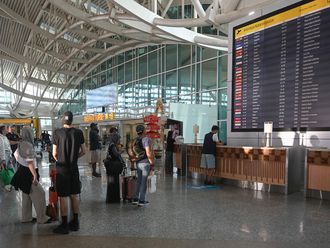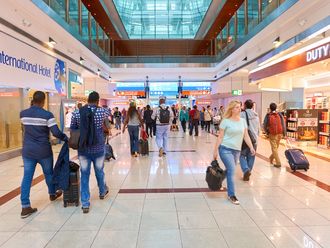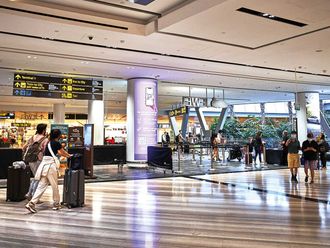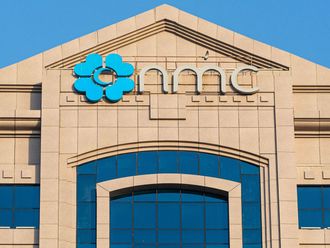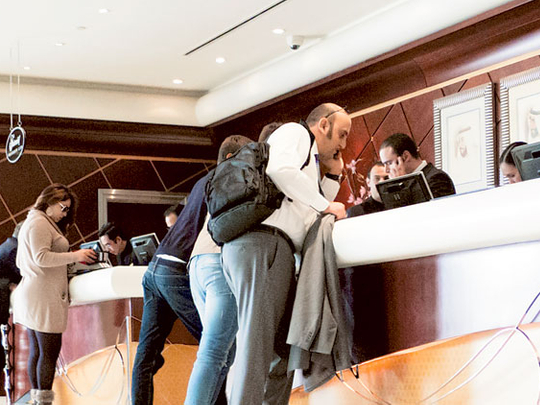
Middle East hotels saw occupancy and average room rates improve in the first half of the year, boosted by double-digit demand growth compared to the first six months in 2011, according to the latest study by STR Global. It revealed that the 2012 year-to-date data for the hotels across the broader Middle East and Africa (MEA) region, however, showed a 9.4 per cent occupancy increase to 60.6 per cent, a 1.5 per cent ADR (average daily rate) decrease to $162.37, and a 7.7 per cent rise in RevPAR (revenue per available room) to $98.38, over the same period last year.
In June 2012 alone, hotel occupancies in MEA recorded a double-digit growth with RevPAR rising 6.8 per cent to $79.22 for the region’s hotels. Occupancy increased 8.7 per cent to 58.2 per cent during the month, while the average daily rate (ADR) fell 1.8 per cent to $136.16.
Dubai hotels, meanwhile, achieved the largest ADR increase of 9.8 per cent to $170.07 in June, followed by Amman with an 8.2 per cent increase to $155.51, as per the report. For Abu Dhabi hotels, on the other, RevPAR fell 15.4 per cent to $66.13, marking the largest decrease in that metric, STR data revealed.
Commenting on the difference in figures between Dubai and Abu Dhabi hotels, Elizabeth Randall, managing director of STR Global, told Gulf News: “Dubai is a more mature market with a balance of business that is 50 per cent leisure and 50 per cent corporate. Abu Dhabi is still more of a corporate market with 80 per cent of its business coming from corporate travel and only 20 per cent of leisure business.”
She added: “Looking at the fundamentals in Dubai, provided that investment and focus on trade and tourism continues, existing hotels in Dubai should continue to perform well while pipeline hotels will satisfy the increasing demand.”
Overall four markets in the region experienced RevPAR increases of more than 15 per cent, according to the report, with Amman topping the list with a 24.4 per cent increase in RevPAR to $105.43. Jeddah followed with an 18.2 per cent increase to $195.70, followed by Dubai which saw an 18 per cent increase in RevPAR to $125.25 and Muscat recording a 16.3 per cent increase to $78.87.
Randall noted that the occupancy and average room rate numbers lagged behind the peak performances witnessed by Middle Eastern hoteliers in 2008. “For the first six months of 2008, the region achieved 70.9 per cent occupancy and rate of $235.64. The region saw the highest increase in new room supply compared to the other world regions since 2008,” she pointed out, adding that Africa reported continued occupancy improvements whilst average room rates remain under pressure compared to the first half 2011.
“In contrast, looking back at the first half of 2008, the Africa region surpassed its average room rate performance by $12.68,” she said.


